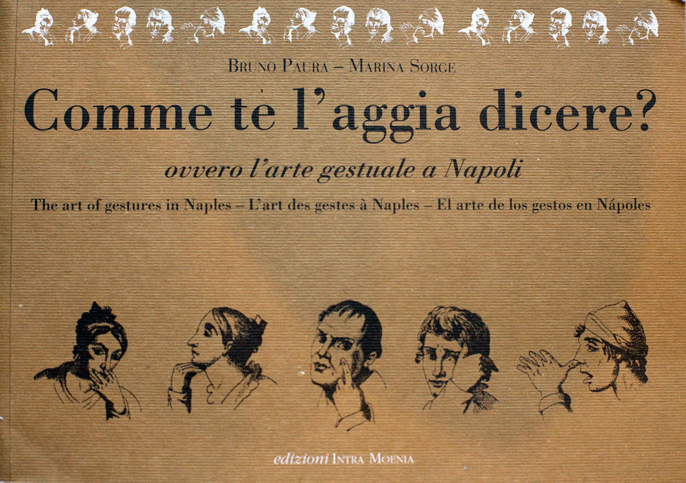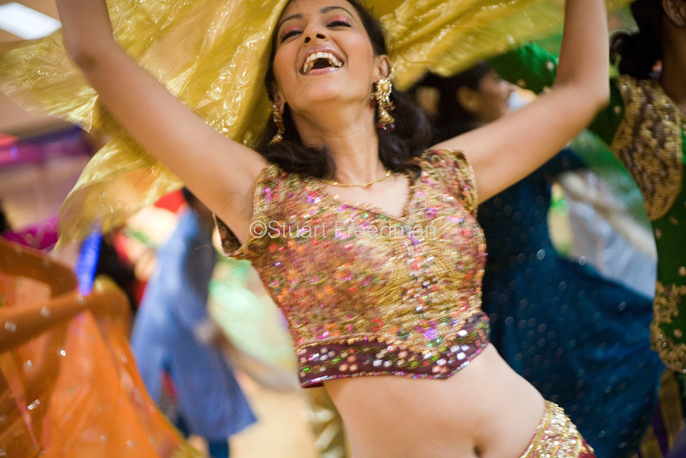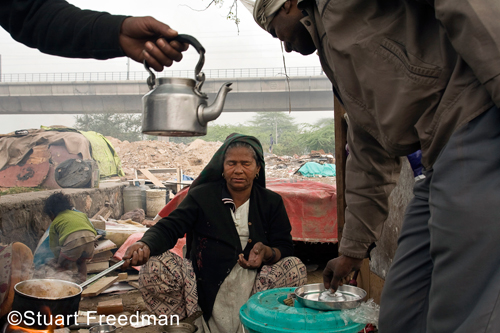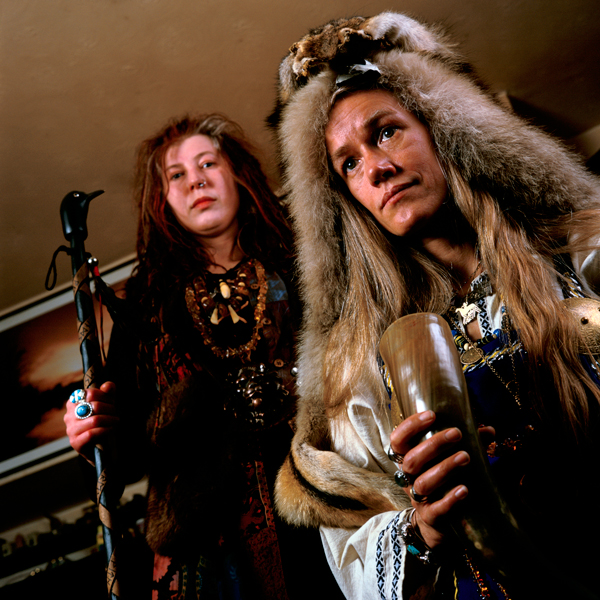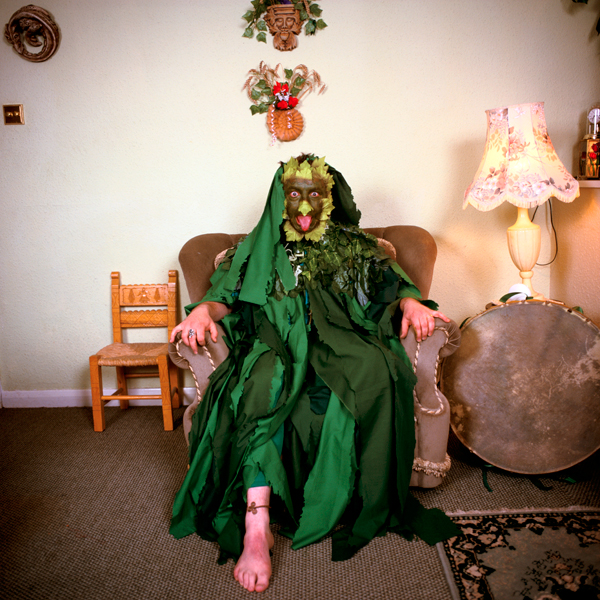In a blog post yesterday, I showed a very quiet image of a priest reading and walking around a cloister. Below is perhaps a more typical image of Palermo and (southern) Italy in general. It’s said that Italians can only speak with their hands and the New York Times has a recent, rather prosaic piece here on that very subject.
The consensus seems to be that somehow, in such crowded places people needed a further way to make themselves heard. Perhaps. Some years ago I stayed at a rather expensive hotel in Naples and they gave me as a gift, a lovely book (see below) about the secret meanings of Italian hand gestures. There are hundreds: some pleasant, some decidedly unpleasant. It occurred to me that in one sense it was a code, a language of the initiated in the way that rhyming slang was to the Victorian Cockney. A very real way to subvert authority (and of course the law) and build an identity that was separate and uncontrollable. Naples like Palermo are exquisite places full of art and beauty but are also brutal and fearful. Norman Lewis in his highly entertaining Naples ’44 recounting his time in the Intelligence Corp in that city remembers constantly being offered women by their families in order to eat. Peter Robb in his exquisite Midnight in Sicily (and later in his Street Fight in Naples) shows a labyrinthine society with bestial corruption at it’s very heart and violence meted out by mafiosi at every level. A society moved by an unofficial nod of the head, parallel governments. Secrets. Robb lived in Southern Italy, the Mezzogiorno for years. He immersed himself in the language and the culture and his writing shows the depth and commitment of that effort.
A photographer wandering the streets is usually a little different. He walks and sees a moment developing in the chaos of colour and movement and steps towards it. He takes two pictures and the image changes. He might have recorded something significant, something trivial but he has little hope of understanding anything on a deeper level than the symbol in the image – a gesture between two (or in this case three) people. The words he hears don’t mean anything – the gestures might be theatre. He might be ignored, or as in this case, sworn at and threatened. The language he is trying to communicate is equally symbolic as the hands of an Italian yet inevitably painted with a thicker, less subtle brush. He just sees the signs the hands make, not necessarily the subtlety of the meaning. He might interpret those signs as meaning something completely different – something as part of a visual culture that he has absorbed. Photography is as valuable but blunter than words. A more democratic code. Perhaps.
By the way, the title of this post comes from yet another language. Another collected word from another country. Palava(r). A word that I used to hear in West Africa all the time. Apparently it is Portuguese in origin. I didn’t know. Non capisco. So many words, so many countries. A mixture, an argument, a conversation. A beautiful mess. Just like Palermo.

